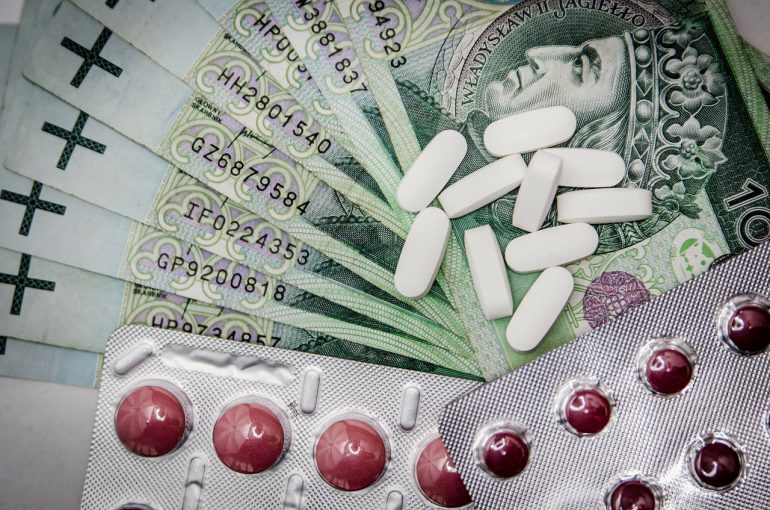What gave birth to the Orphan Drug Act?

The U.S. Orphan Drug Act issued in 1983 provides a variety of incentives to foster research and development (R&D) of orphan drugs* that have reshaped the pharmaceutical industry.
Nowadays, more than a third of new drug approvals have an orphan designation in United States. Despite orphan drugs offer significant clinical value and patient benefits, concerns are raised due to the increasing number approved by the FDA and the high price tag that most of them have. Notwithstanding, it is pertinent to recognize the reasons that propelled the government to issue the Orphan Drug Act.
New drug development of rare diseases poses a challenge induced by the low number of patients affected –prevalence-. First, there is a predominant lack of medical understanding of the disorders, leading to increased costs in clinical trial programs, as described by O. Wellman-Labadie, 2010. Second, a financial risk is present due to the limited potential revenue, consequently impacting return on investment for pharmaceutical companies. These elements combined, evidenced the necessity to spur research of new drugs for orphan diseases by generating specific stimulus, especially towards the reduction of R&D costs and the provision of financial incentives to the pharmaceutical industry.
Three key features are included in the Orphan Drug Act. One is the eligibility for an extended patent protection, allowing seven years of exclusivity on drug sales for the first company to obtain FDA marketing approval of a particular drug. This is possibly the most pursued feature. Another item provides federal tax credits for up to fifty percent of the costs incurred in research to develop an orphan drug, allowing pharmaceutical companies to defray expenses of clinical trials conducted. Finally, the act grants waivers of drug approval application fees and of annual FDA product fees. These components resulted in an augmented interest from several pharmaceutical companies to bring orphan drugs to market.
Only 38 orphan drugs were approved prior to 1983. Since the Orphan Drug Act was enacted, the number of new requests for orphan designation has continued to rise. More than 350 unique brand-name orphan drugs had been approved in the United States for more than two hundred different diseases. This demonstrates the success of the attractive factors provided to the pharma industry. More importantly, these incentives alleviated the suffering of patients and their families that were neglected for many years.
In my next blogs, I will discuss other perspectives involving different stakeholders and their concerns about the Orphan Drug Act.
* The Food and Drug Administration defines an Orphan Drug as any disease or condition that affects less than 200,000 persons in the U.S., or that affects more than 200,000 persons and there is no reasonable expectation that the drug’s cost of developing and making available will be recovered from sales in the United States.
Profesor del Máster en Marketing Farmacéutico de la Universitat Pompeu Fabra BSM.

 Marketing Farmacéutico
Marketing Farmacéutico





